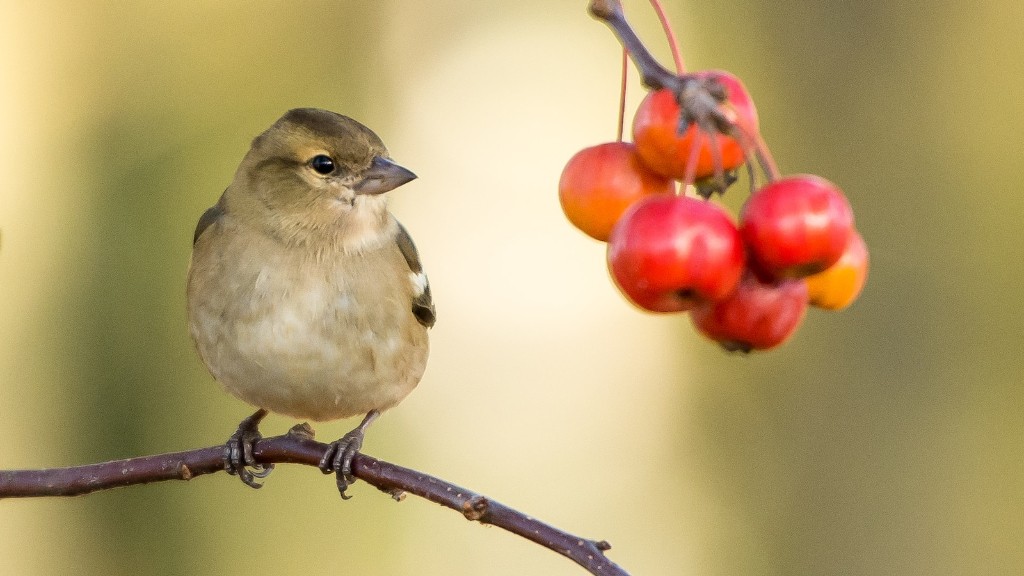Apple trees tend to be the most commonly grown fruit tree in home gardens. They are easy to take care of and provide a great harvest. However, it is important to avoid planting certain plants too close to an apple tree as this can cause issues in terms of pest and disease control. Here is what you should not plant near an apple tree.
1. Other types of fruit trees
Don’t plant other types of fruit trees too close to an apple tree. This is because they could contract the same diseases, making it difficult to cure them properly. Additionally, if you have different types of fruit trees too close to each other, it can lead to confusion at harvest time, as it can be difficult to tell which fruit goes with which tree.
2. Ornamental plants
Ornamental plants, such as roses, can harbor diseases that can affect your apple tree. It is also a good idea to avoid planting shrubs or trees, such as lilacs, too close to an apple tree because they can compete for nutrients and water, resulting in your apple tree receiving less than it needs. Additionally, these plants can attract pests that can damage the leaves, fruit and roots of your apple tree.
3. Weeds
Weeds can also be a problem for your apple tree, as they can compete for essential nutrients and water. They can also provide habitats for unwanted pests. It is therefore important to try and keep the area around your apple tree weed free. The best way to do this is to mulch the area after you have planted your tree and then check regularly for any unwanted weeds.
4. Legumes
Legumes such as beans and peas should also not be planted close to an apple tree, as they use up a lot of nitrogen from the soil. This means that they can rob your apple tree of the vital nutrients it needs to grow and produce fruit. If you want to grow legumes, it is best to keep them at least 10-20 feet away from your apple tree.
5. Perennial vegetables
It is also not recommended to plant perennial vegetables like artichokes and asparagus near an apple tree. This is because they typically require more water and nutrients than the apple tree will need, so it can cause competition between the two plants. Additionally, perennial vegetables can also attract pests, which can damage your apple tree.
Benefits of Planting Companion Plants Nearby
Although there are some plants you should avoid planting near an apple tree, there are still a few that will benefit it. These plants, known as companion plants, can attract beneficial insects that can help to control pests and can also improve the soil conditions by providing additional nutrients and attracting earthworms. Examples of companion plants that can be planted near an apple tree include clover, chamomile, dill and marigold.
Adverse Effects of Planting Other Plants Nearby
It is important to be aware that even plants that are beneficial for your apple tree can have adverse effects if planted too close. For example, plants such as garlic and onions can be beneficial in attracting beneficial insects and repelling pests. However, they also emit strong odors that can be off-putting to other beneficial insects, such as bees, which are needed to pollinate the flowers of the apple tree.
Types of Plants to Choose From
When deciding on companion plants to plant near your apple tree, it is important to choose those that are suitable for the climate in which your apple tree is planted. Additionally, you should choose plants that require similar levels of water and nutrients to your apple tree, as well as those that are resistant to the same types of pests and diseases. Some examples of suitable plants include lavender, mint, calendula and sage.
Optimal Planting Distances
In terms of how far to plant companion plants from your apple tree, it is usually best to keep them at least 10 feet away, although this varies depending on the type of plant. Additionally, it is important to ensure that there is enough room for your apple tree to spread its branches and get enough sunlight. Finally, it is also important to remember to water your companion plants regularly, as this will help them to provide the best benefits to your apple tree.
Tips on Pruning Apple Trees
Regular pruning of your apple tree is also essential for its health. This can help to prevent issues such as overcrowding, as well as improve the shape and structure of the tree. It is important to prune at least once each year, preferably in the late winter or early spring. Additionally, it is important to make sure that you are using sharp garden shears or pruning saws to prune your apple tree, in order to avoid damaging it.
Steps for Reducing Pests and Diseases
Pests and diseases can also be an issue for apple trees, and good cultural practices are essential for avoiding them. This includes making sure not to overcrowd your apple tree and ensuring that it has adequate water and fertilizer. Additionally, it is important to make sure that you are checking your apple tree regularly for pests and diseases, and taking appropriate action if required.
Importance of Maintaining Good Soil Health
Lastly, it is important to remember to maintain good soil health when growing apple trees. This includes regularly testing the soil pH level and adding organic matter to improve the soil structure. Additionally, it is important to practice crop rotation when growing an apple tree, as this can help to reduce buildups of pests and diseases in the soil.


